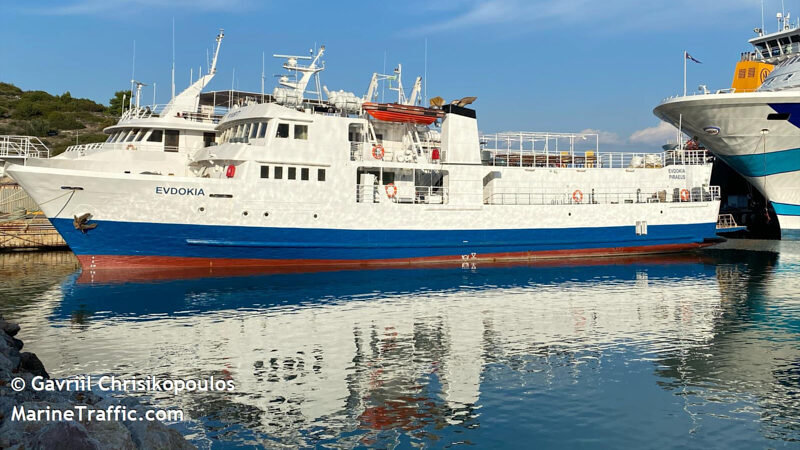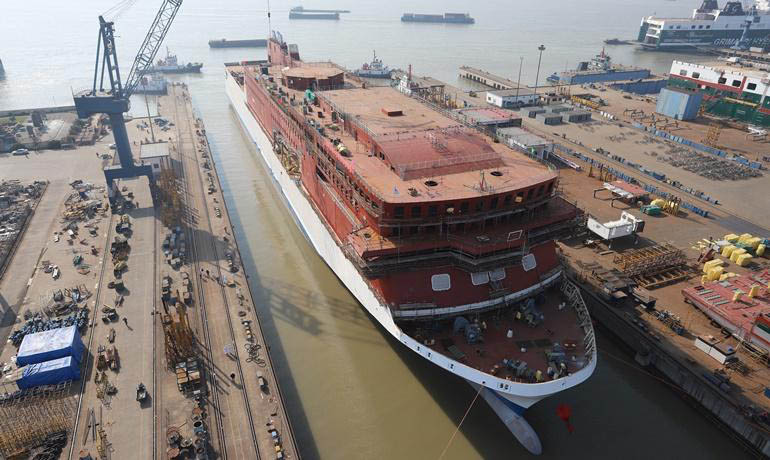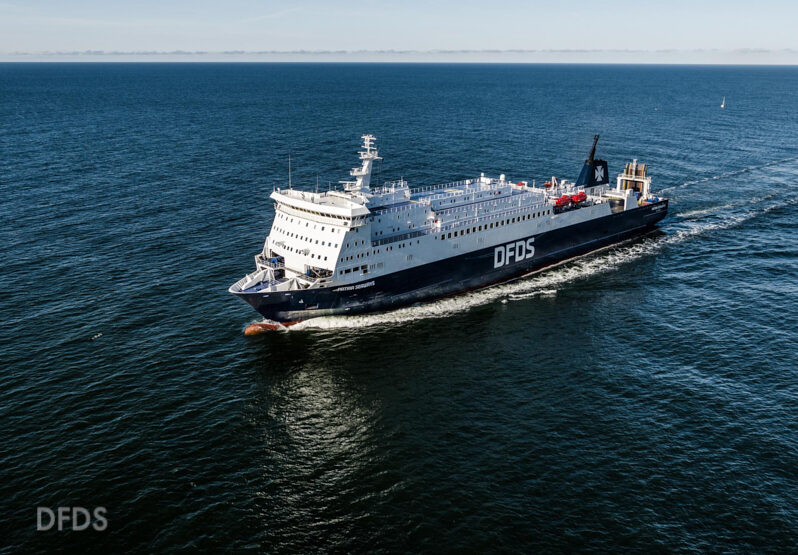On November 24, 2020, KNOSSOS PALACE of Minoan Lines is expected to depart for the port of Naples, in order to replace CRUISE BONARIA ex- EUROPA PALACE in the Italian service.
CRUISE BONARIA will be renamed KNOSSOS PALACE, sport the Minoan Lines livery and will be introduced on the Piraeus–Heraklion line. Her arrival in Greece is expected within the first ten days of December.

Almost ready is the Kerkyra Lines small ferry EVDOKIA. The ship was purchased in September 2019 from the Japanese Sakido Kisen Co and sailed to Greece (Amaliapolis) on January 12, 2020. Due to the covid-19 crisis, her conversion was delayed, however today she had her final sea trials at Chalkis Shipyards and she will depart for Corfu soon in order to be introduced on the Corfu – Igoumenitsa or Diapontia Islands line.

The Finnish Transport and Communications Agency Traficom has made a decision to impose a service obligation on round trips between Mariehamn and Kapellskär (Viking Line), as well as Eckerö and Grisslehamn (Eckerö).



On November 10, the first of two 5,000 lane meter dual-fuel LNG ropax ferries for the German TT-Line was floated out at the China Merchants Nanjing Jinling Shipyard.
With their newbuild in service, Chilean Navimag have sold the former DUKE OF FLANDERS for scrap in India.

Rømø-Sylt Linie GmbH & Co. KG has decided to repaint the two FRS Syltfähre ferries in red.

Brittany Ferries COTENTIN is back in France after the Stena line charter. She will be used on Poole – Cherbourg from January, as per UK Government Brexit Contracts.

Naviera Armas keeps the public service contract for El Hierro – Tenerife. The total contract amounts to € 6,000,000 and lasts two years.
Suardiaz RoRo GALICIA has been sold to the Spanish MoD (foronaval).











